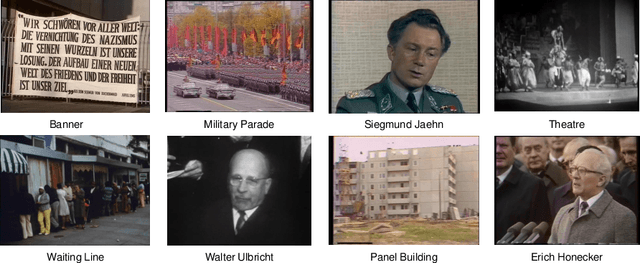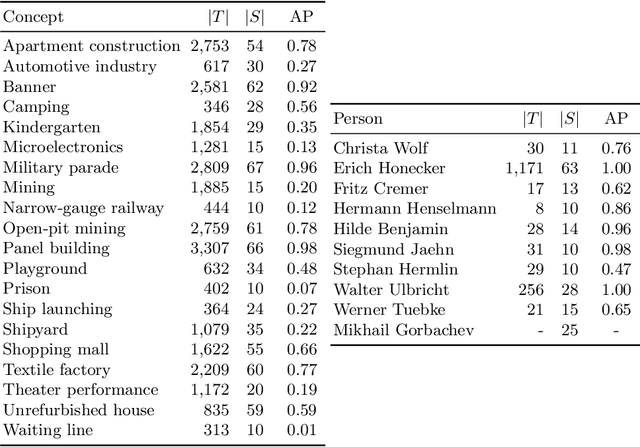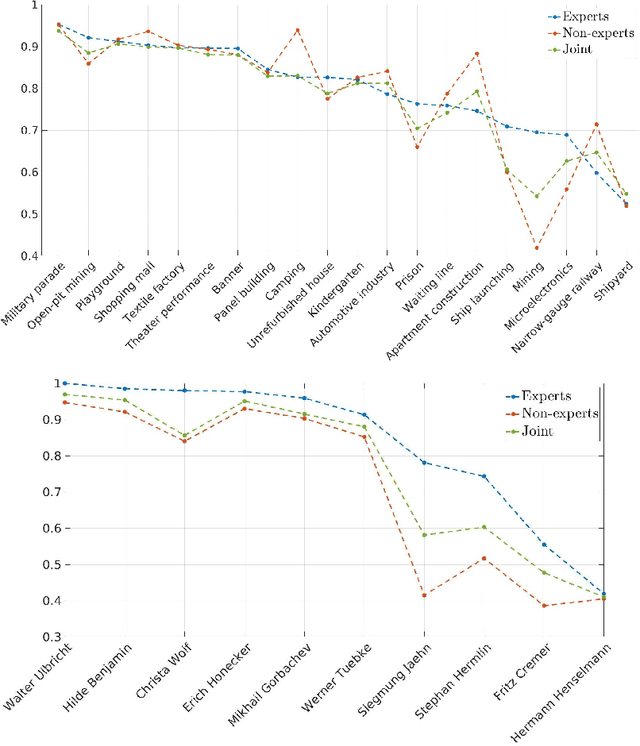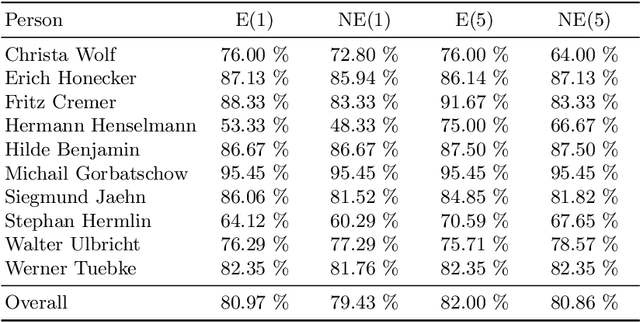Markus Mühling
ElasticHash: Semantic Image Similarity Search by Deep Hashing with Elasticsearch
May 08, 2023Abstract:We present ElasticHash, a novel approach for high-quality, efficient, and large-scale semantic image similarity search. It is based on a deep hashing model to learn hash codes for fine-grained image similarity search in natural images and a two-stage method for efficiently searching binary hash codes using Elasticsearch (ES). In the first stage, a coarse search based on short hash codes is performed using multi-index hashing and ES terms lookup of neighboring hash codes. In the second stage, the list of results is re-ranked by computing the Hamming distance on long hash codes. We evaluate the retrieval performance of \textit{ElasticHash} for more than 120,000 query images on about 6.9 million database images of the OpenImages data set. The results show that our approach achieves high-quality retrieval results and low search latencies.
Investigating Correlations of Inter-coder Agreement and Machine Annotation Performance for Historical Video Data
Jul 24, 2019



Abstract:Video indexing approaches such as visual concept classification and person recognition are essential to enable fine-grained semantic search in large-scale video archives such as the historical video collection of former German Democratic Republic (GDR) maintained by the German Broadcasting Archive (DRA). Typically, a lexicon of visual concepts has to be defined for semantic search. However, the definition of visual concepts can be more or less subjective due to individually differing judgments of annotators, which may have an impact on annotation quality and subsequently training of supervised machine learning methods. In this paper, we analyze the inter-coder agreement for historical TV data of the former GDR for visual concept classification and person recognition. The inter-coder agreement is evaluated for a group of expert as well as non-expert annotators in order to determine differences in annotation homogeneity. Furthermore, correlations between visual recognition performance and inter-annotator agreement are measured. In this context, information about image quantity and agreement are used to predict average precision for concept classification. Finally, the influence of expert vs. non-expert annotations acquired in the study are used to evaluate person recognition.
 Add to Chrome
Add to Chrome Add to Firefox
Add to Firefox Add to Edge
Add to Edge